
Multinodular non-toxic goiter is the most common condition that affects the thyroid gland. It develops in a form of unilateral or bilateral thyroid growth. In majority of cases multinodular goiter grows slowly. The very pathophysiology of goiter is not unique for all patients. Unlike endemic goiter, which is caused by lack of iodine in food or water people consume, there are many environmental factors associated with multinodular non-toxic goiter. Some of them are natural goitrogens, iodine intake, malnutrition, some medications, stress, pollutants and infections. Constitutional factors like female gender as well as genetic factors also play a significant role in the onset of the condition.
Multinodular Non-toxic Goiter Clinical Characteristics
Symptoms and signs of the condition mostly depend on the type of thyroid enlargement. If the gland is affected by a simple hyperplasia and if there is no compromising of adjacent structures, the person may report feeling of tightening or bulk in the neck. On the other side, large goiters are always responsible for compression (and subsequent deviation) of the trachea and esophagus. The compression is to blame for symptoms such as dysphagia, dyspnea, stridor and choking sensation.
In some patients goiter extends down in the mediastinum and thoracic cavity. If this is the case, patients may present signs of airway obstruction, distension of jugular veins and there is obvious consequence of insufficient venous flow in a form of venous collaterals on the chest.
Furthermore, a patient may experience pain associated with local extension and hoarseness due to alteration of the recurrent laryngeal nerve. Very firm and fixed nodules may even point to malignant transformation of certain thyroid cells and formation of carcinoma.
Diagnosing Multinodular Non-toxic Goiter
Doctors perform a routine set of test and exams. These include laboratory tests which comprise serum TSH and total/free T4 assay. Moreover, it is essential to evaluate antithyroid peroxidase antibodies. Some doctors also recommend evaluation of serum calcitonin.
Additionally, patients require several imaging procedures which will provide better insight in the very structure of the gland. Ultrasonography is first to be performed. It is an excellent means of differentiation of healthy tissues and the hyperplastic ones. This procedure also allows doctors to perform biopsy of the gland. Another procedure patients may require is scintigraphy. It gives more information regarding the very function of the gland. Finally, patients undergo CT scan (without iodinated contrast) and/or MRI. These two are particularly good in preoperative evaluation of large retrosternal and intrathoracic goiters.
Multinodular Non-toxic Goiter Treatment
There are three treatment modalities available in case of this type of goiter, application of thyrotoxin, radioiodine treatment and surgery. Each of the mentioned treatments has its own advantages and disadvantages and the doctor will recommend the most convenient one.
- www.nhs.uk/conditions/goitre/
- www.betterhealth.vic.gov.au/health/conditionsandtreatments/goitre
- Photo courtesy of Almazi by Wikimedia Commons: commons.wikimedia.org/wiki/File:Goitre.jpg



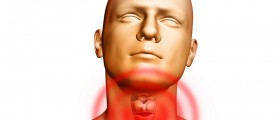



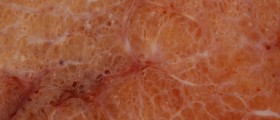

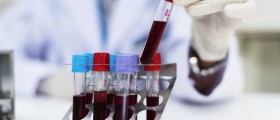
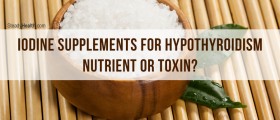

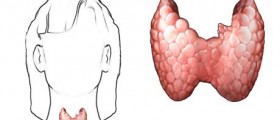


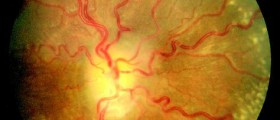

Your thoughts on this
Loading...